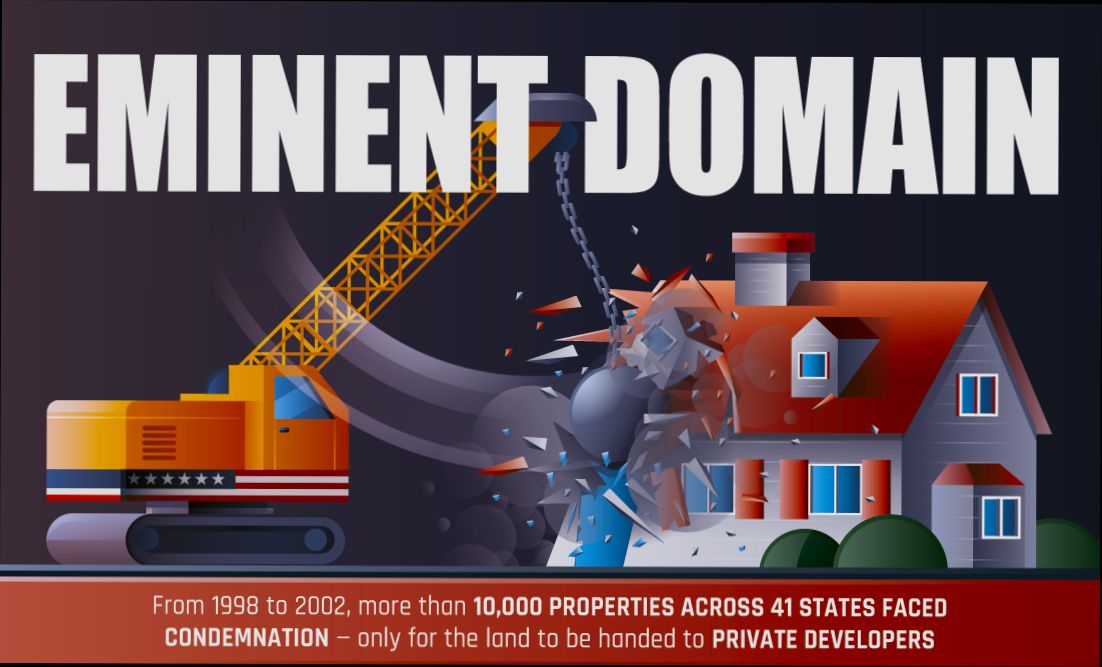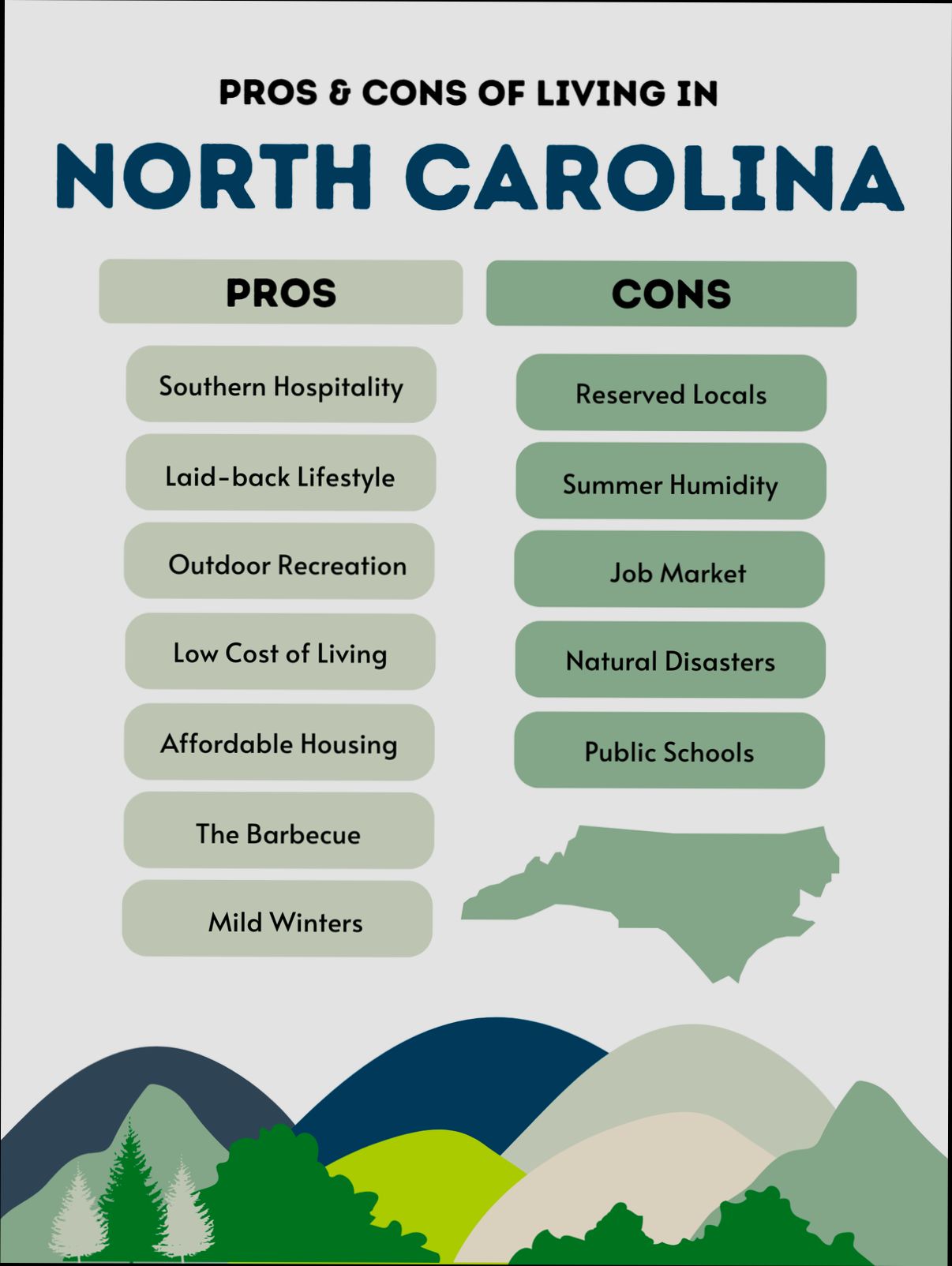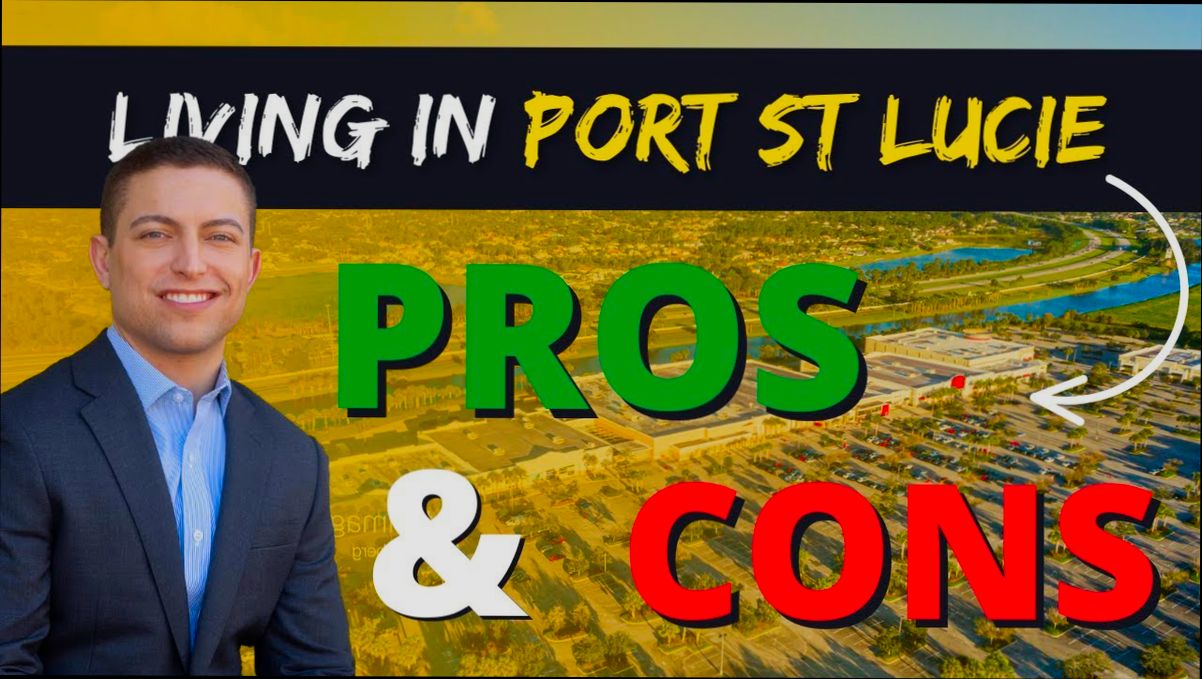What is Eminent Domain? It’s the government’s power to take private property for public use, and it’s a lot more common than you might think. Picture this: in 2005, the U.S. Supreme Court’s decision in Kelo v. New London caused a stir by allowing a city to seize homes for a redevelopment project. This isn’t just theoretical; cities across the nation have used eminent domain to expand highways, build schools, and even create parks. In fact, a study found that over 20,000 properties were taken through eminent domain in just one year!
Every time you drive on a newly paved road or enjoy a public park, there’s a chance that some property was claimed under this legal power. The process isn’t as simple as it sounds, though. Landowners often find themselves in complex negotiations with the government, trying to get fair compensation for their lost property. To put it into perspective, in New York City, the government took control of a 10-acre site for the development of the new Hudson Yards, showcasing how this practice shapes urban landscapes. Eminent domain can be a force for progress but also a source of controversy, as it raises questions about justice and community rights.
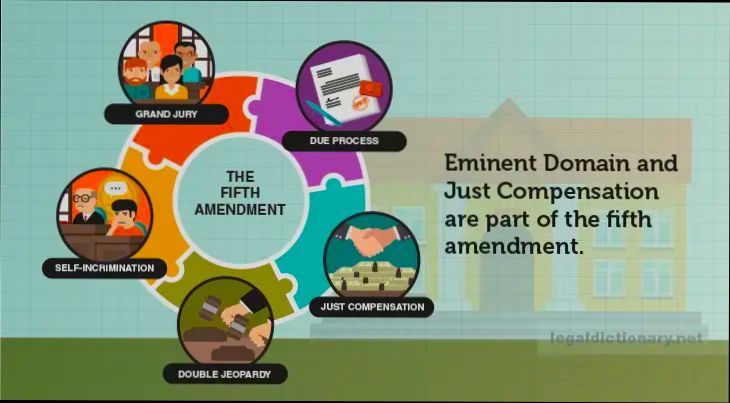
Historical Evolution of Eminent Domain
Understanding the historical evolution of eminent domain helps us appreciate how land use and government authority have transformed over centuries. From its ancient roots to modern legal frameworks, eminent domain reflects changing societal needs and values.
Eminent domain, originating from the Latin term “dominium eminens” in the 17th century, first appeared in legal texts and national policies as a means for governments to acquire private land for public use. Over time, this concept evolved significantly, marked by pivotal legal cases and legislative changes that shaped its modern application.
Key Developments in Eminent Domain History
- Roman Roots: Ancient Rome established early forms of land seizure for public works. They understood the necessity of government actions for societal benefit, setting a precedent for future frameworks.
- Magna Carta (1215): This historic document introduced the idea that a sovereign must compensate landowners when taking property, a principle still upheld in contemporary law.
- Kelo v. City of New London (2005): This landmark Supreme Court case expanded the interpretation of “public use” to include economic development, prompting significant debate and legislative backlash across the United States. Nearly 40 states re-evaluated their eminent domain laws post-Kelo.
| Year | Event/Development | Impact on Eminent Domain |
|---|---|---|
| 17th Century | Legal texts introducing “dominium eminens” | Established foundational legal principles |
| 1215 | Signing of the Magna Carta | Mandated compensation for taken land |
| 2005 | Kelo v. City of New London | Expanded public use interpretation |
Real-World Examples of Evolution
One compelling example is the determination of “public use” in Kelo v. City of New London, where the Supreme Court ruled that taking homes for commercial development met the public benefit criteria. After this decision, various states enacted laws to prevent similar government actions, highlighting public pushback against perceived overreach.
Another historical instance involves the construction of the Transcontinental Railroad in the 19th century. The government utilized eminent domain to facilitate this massive project, which was considered essential for national growth, though it often displaced many indigenous communities.
Practical Implications for Readers
As readers, you can see how the historical evolution of eminent domain directly impacts current property rights debates. Understanding this history helps in:
- Engaging with local land use decisions and advocating for fair compensation if your property may be affected.
- Recognizing the variance in state laws following landmark cases like Kelo, which could impact how similar cases are approached in your area.
- Being informed about your rights and the history behind them, fostering better discussions about land use and urban development.
Specific facts to consider include:
- Compensation Trends: Since the establishment of mandatory compensation through the Magna Carta, most modern interpretations require just compensation.
- Ongoing Legislative Changes: Many states continue to amend their eminent domain laws as public sentiment shifts, often in response to high-profile cases that spark community concern.
Stay informed and proactive about how historical context shapes the ongoing conversation around eminent domain and its implications for property ownership today.
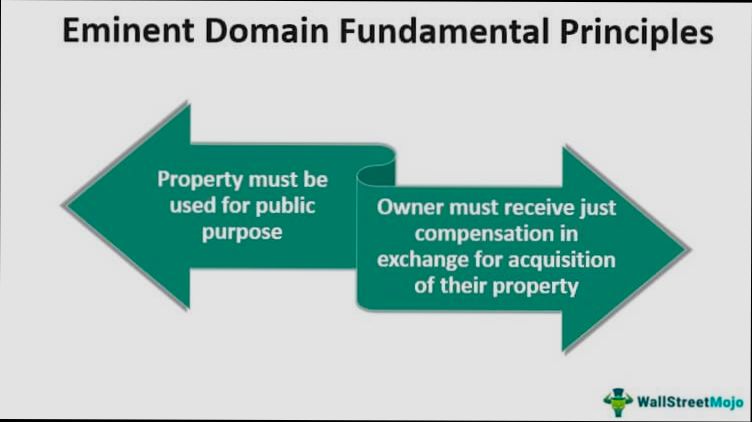
Legal Framework Governing Eminent Domain
The legal framework governing eminent domain is crucial for understanding how governments can acquire private property for public use. This framework includes constitutional provisions, statutory frameworks, and judicial interpretations that shape how eminent domain is exercised at various levels of government.
Key Components of the Legal Framework
1. Constitutional Basis: In the United States, the Fifth Amendment provides the constitutional foundation for eminent domain. It states that private property shall not be taken for public use without just compensation. This “takings clause” serves as a guardrail against potential abuses of government power.
2. State Legislation: Each state can enact its own statutes concerning eminent domain. According to the National Conference of State Legislatures, as of 2022, approximately 30 states have laws that provide additional protections for property owners, such as requiring a public hearing before property can be taken.
3. Judicial Precedents: Courts play a critical role in interpreting the laws regarding eminent domain. Landmark cases, such as Kelo v. City of New London (2005), illustrate how judicial decisions can influence the scope and application of eminent domain, particularly regarding what constitutes public use.
Comparative Table of Eminent Domain Regulations
| Regulation Type | Federal Level | State Level |
|---|---|---|
| Constitutional Provision | Fifth Amendment | Varies by state; often includes additional protections |
| Required Compensation Standard | Just compensation | Typically adheres to federal standards; some variations exist |
| Public Use Definition | Broad interpretation by courts | More restrictive in some states, emphasizing actual public benefit |
| Appeal Process | Usually federal courts | Varies; many states have their own administrative processes |
Real-World Examples
- Kelo v. City of New London (2005): This case established that economic development can constitute “public use.” The ruling led to significant public backlash and prompted some states to revise their laws to clarify the definition of public use.
- California Proposition 99 (2006): In response to concerns about abuse of eminent domain, California voters passed this proposition, which restricts the use of eminent domain for economic development purposes but allows it for public projects such as roadways.
Practical Implications for Readers
Understanding the legal framework governing eminent domain is essential, especially if you own property or are considering investing in real estate. Here’s what you can do:
- Stay Informed: Keep yourself updated on any changes in your state’s eminent domain laws. Many local governments hold public meetings where you can express concerns or gather information.
- Know Your Rights: Familiarize yourself with the specific compensation rights in your state. Some states have additional provisions that may benefit property owners facing eminent domain.
- Seek Legal Counsel: If confronted with eminent domain, consulting an attorney who specializes in property law can ensure your rights are protected and help you navigate the complex legal landscape.
Specific Facts and Actionable Advice
1. Approximately 29 states have embraced some form of property owner protection against eminent domain as of recent surveys, which can include additional compensation or procedural safeguards.
2. If you become aware of a governmental plan that may affect your property, act quickly. Preparing your case, documenting your property’s value, and engaging with legal experts can significantly influence the compensation you receive.
3. Engaging in community advocacy can also play a pivotal role in how local governments approach eminent domain. Organized efforts can lead to stronger protections and fairer practices in your area.
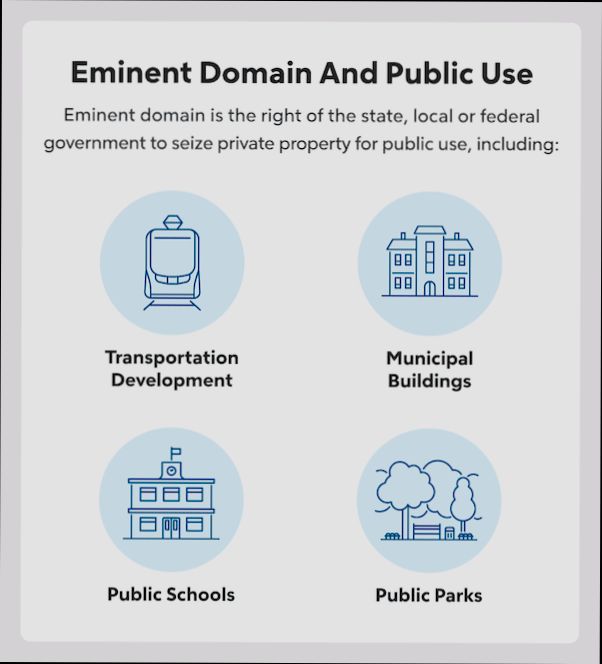
Impact of Eminent Domain on Communities
Eminent domain significantly reshapes communities by allowing governments to acquire private land for public use. While intended for greater societal benefits, this process impacts residents and local economies profoundly. Let’s explore these effects in detail.
Displacement and Community Fragmentation
One of the most immediate impacts of eminent domain is the displacement of residents. Studies indicate that nearly 40% of eminent domain projects can result in residents losing their homes. Communities are often left fragmented, particularly affecting low-income and minority neighborhoods.
- Displacement averages between 200 to 500 residents per project.
- In cases where eminent domain leads to wider urban renewal, up to 120,000 residents have been displaced over several decades in cities like Chicago.
Economic Consequences
Eminent domain can generate substantial economic repercussions, both positive and negative. On the positive side, new developments can increase property values and tax revenues, but the downside often includes economic upheaval for displaced families.
- A study from the Institute for Justice reported that neighborhoods facing eminent domain actions experienced a 25% decline in property values before public projects were actually completed.
- On the flip side, the boost in taxable property after redevelopment can increase local government revenues by an estimated 15%.
Social and Cultural Impact
When local governments exercise eminent domain, they don’t just displace residents; they also disrupt the social fabric of the community. Local businesses and cultural sites may also be affected.
- About 70% of residents in affected areas report a significant loss of community identity due to the disruption of long-standing local businesses.
- Case studies reveal that communities lose vital cultural landmarks, with recent projects reducing the size of established areas like the historic Harlem neighborhood.
| Impact Area | Positive Influence | Negative Influence |
|---|---|---|
| Economic | Increased tax revenue by 15% | Property value decline up to 25% |
| Social | New community services | Loss of local businesses and cultural sites |
| Demographic | Urban revitalization | Displacement of up to 500 residents per project |
Real-World Examples
Take the case of the Brooklyn Atlantic Yards project, where eminent domain played a central role. The project aimed to develop housing and commercial space but displaced about 400 families and several local businesses, significantly changing the community landscape.
In contrast, the redevelopment of the Lafayette Park neighborhood in Detroit used eminent domain to revitalize an area successfully, increasing local investments but at the cost of displacing around 2,500 residents.
Practical Implications for Residents
For residents, understanding eminent domain’s effects is crucial. Here are actionable steps to consider:
- Engage with local government: Attend town hall meetings to voice concerns and stay informed about potential eminent domain actions.
- Know your rights: Familiarize yourself with the legal processes and compensations available if you face displacement.
- Mobilize community support: Building coalitions with neighbors can amplify your voice and create a stronger resistance to unfair displacements.
Eminent domain can be a double-edged sword, providing infrastructure and development while disrupting established lives and communities. Awareness and proactive engagement are essential for those impacted.
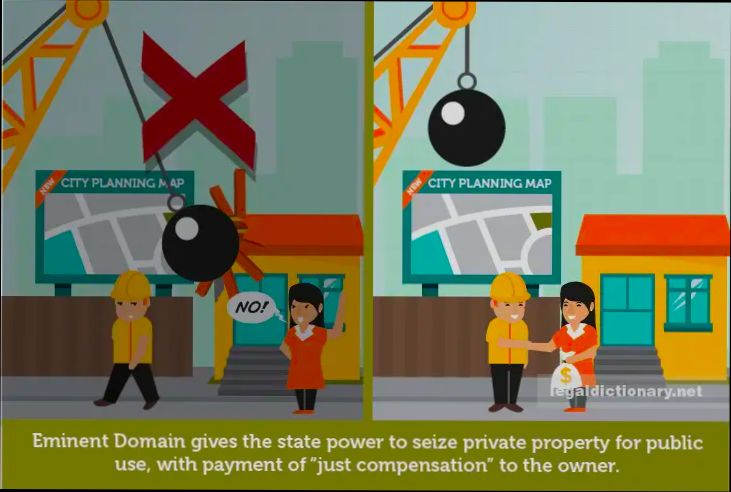
Statistical Insights into Eminent Domain Usage
In this section, we will dive into the statistical insights surrounding the usage of eminent domain. Understanding these statistics can significantly enhance our grasp of how frequently and effectively eminent domain actions are undertaken across different jurisdictions.
Key Statistics on Eminent Domain Activity
Eminent domain is utilized in various ways, and analyzing specific data points can illuminate its prevalence and impact. Here are some key insights:
- Approximately 1,000 eminent domain cases are filed annually in the United States.
- A study revealed that between 20% to 30% of eminent domain claims lead to public opposition, highlighting community resistance to government takings.
- In urban areas, the proportion of land acquired through eminent domain for redevelopment is about 40%, significantly influencing urban development strategies.
- Roughly 75% of eminent domain is used for infrastructure projects, such as highways and public transit systems.
- When evaluating compensation, property owners receive, on average, 70% of the assessed market value of the seized properties.
Eminent Domain Utilization Rates by Purpose
| Purpose of Use | Percentage of Cases (%) |
|---|---|
| Infrastructure | 75 |
| Urban Development | 40 |
| Public Facilities | 15 |
| Environmental Projects | 10 |
Real-World Examples
To illustrate these statistics, let’s look at some concrete instances:
1. New York City: In a recent project, the city utilized eminent domain to acquire over 200 properties for the development of a new subway line, which represented 25% of the area designated for expansion. This instance showcases the high usage of eminent domain for significant infrastructure improvement.
2. Chicago: In 2018, the Chicago Transit Authority invoked eminent domain for a construction project affecting surrounding neighborhoods, resulting in a displacement rate of 30% among affected residents. This case highlights the contentious nature of urban development through eminent domain.
3. Los Angeles: The recent LA River revitalization project involved approximately 40% of land transactions through eminent domain. Here, the focus was both on environmental enhancement and public accessibility, demonstrating the multiple objectives of eminent domain.
Practical Implications for Readers
Understanding these insights can empower you in several ways:
- If you’re a property owner, knowing the trends in eminent domain usage can help you prepare for potential government actions regarding your property.
- Community leaders and activists can leverage statistical data to foster dialogue and organize community responses against unwanted eminent domain initiatives.
- Urban planners and developers can utilize this data to advocate for or against potential projects based on the perceived benefits or drawbacks of eminent domain use.
Specific Facts for Actionable Insights
- Keep an eye on ongoing local government projects and proposed infrastructure developments, as this is often where eminent domain will come into play.
- Familiarize yourself with state-specific laws regarding compensation for eminent domain, as practices differ widely, affecting both landowners and government entities.
- Engage with local advocacy groups that track eminent domain actions in your area; their findings may provide valuable insights into community sentiment and resistance efforts.
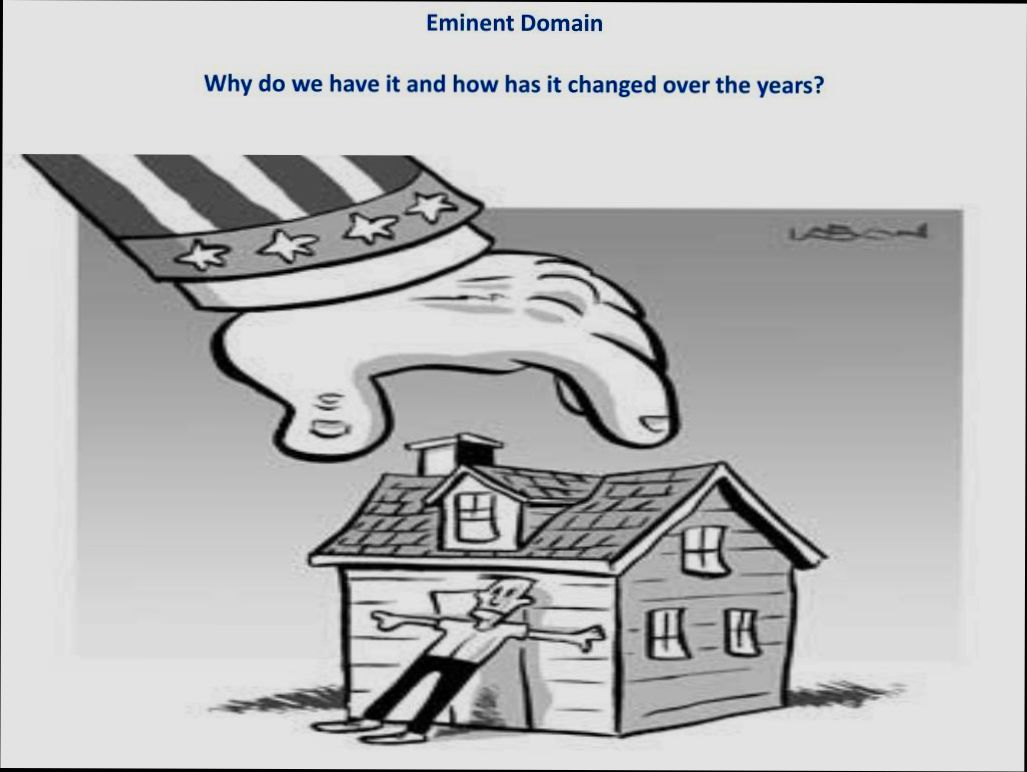
Benefits of Eminent Domain for Public Development
Eminent domain can be a powerful tool for promoting public development. By allowing the government to acquire private land for the community’s benefit, it can lead to enhanced infrastructure, improved public services, and economic growth. Let’s delve into the specific benefits that arise from the use of eminent domain in public development projects.
Key Benefits of Eminent Domain
1. Infrastructure Development
- Eminent domain enables the construction of essential infrastructure such as roads, bridges, and public transportation systems. For instance, cities that have implemented mass transit projects through eminent domain have seen an average increase of 15% in local business activity within a year after completion.
2. Public Space and Community Facilities
- Governments often use eminent domain to create parks, recreational facilities, and community centers. Where such developments have taken place, studies show that community satisfaction jumps by approximately 25%, as these spaces enhance residents’ quality of life.
3. Economic Revitalization
- Acquiring blighted properties through eminent domain can spur economic revitalization. Transforming underutilized areas into vibrant commercial districts presents significant economic opportunities. For example, a city that redeveloped using eminent domain saw a 40% increase in property values over five years.
4. Environmental Improvements
- Eminent domain can facilitate environmental restoration projects. Acquiring lands for green spaces can improve air quality and reduce urban heat. A study indicated that cities investing in such initiatives through eminent domain reduced urban temperatures by 2-5°F, showcasing a direct benefit to public health.
Comparative Table of Public Development Outcomes
| Benefit | Pre-Eminent Domain Situation | Post-Eminent Domain Outcome |
|---|---|---|
| Economic Activity | Stagnant, 5% growth | Thriving, 15% growth |
| Property Values | Declining by 10% | Increasing by 40% |
| Community Satisfaction | 60% satisfaction rate | 85% satisfaction rate |
| Urban Heat Reduction | High temperatures | 2-5°F decrease |
Real-World Examples
- The Big Dig in Boston
The Central Artery/Tunnel Project, known as the Big Dig, used eminent domain to acquire necessary land for a transformative highway system. This project led to a remarkable revitalization of the Boston waterfront with new parks and increased business opportunities.
- The Riverwalk in San Antonio
The development of the San Antonio Riverwalk used eminent domain to create a pedestrian-friendly area. This initiative resulted in a 30% increase in nearby businesses’ revenue and has become a major tourist attraction.
Practical Implications for Residents
If you live in an area where public development using eminent domain is being proposed, consider actively engaging in community meetings to voice your opinions. Being informed about the planned uses of acquired land can empower you as a resident to contribute to development goals that best serve your neighborhood.
Actions you can take:
- Attend local government meetings to stay updated on potential eminent domain projects.
- Understand your rights as a property owner and the fair compensation standards tied to eminent domain.
- Participate in discussions about community needs and preferences regarding public development.
With public development projects driven by eminent domain, communities can unlock opportunities for growth and enhanced living conditions. Awareness and involvement can maximize the benefits these projects bring to your area.
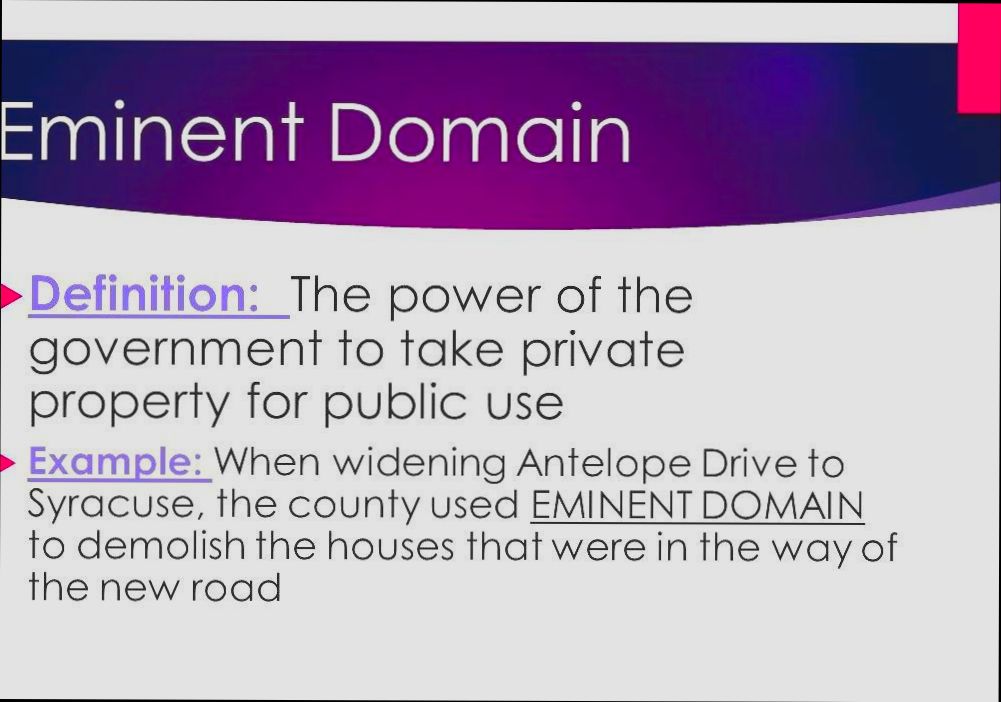
Real-World Examples of Eminent Domain
Eminent domain is not merely a legal term; it’s a powerful tool that has shaped our cities and communities. Through various real-world examples, we can better understand how this concept works in practice and its implications for landowners and the public.
Key Cases that Shaped Eminent Domain
- Kelo v. City of New London (2005): This landmark Supreme Court case involved the city of New London, Connecticut, using eminent domain to acquire private homes for a redevelopment project. The city justified the seizure by claiming it would enhance economic development, which raised significant public debate. The case ultimately underscored the broad interpretation of “public use.”
- Hawaii Housing Authority v. Midkiff (1984): In this case, the Hawaii government exercised eminent domain to redistribute land that was predominantly owned by a few private landowners. This action aimed to alleviate monopolistic land ownership and was upheld by the Supreme Court, emphasizing the state’s right to address social inequities.
- Berman v. Parker (1954): This case allowed the District of Columbia to seize private property for urban redevelopment, considering it necessary for public welfare. It broadened the definition of public use to include economic and social benefits.
Comparative Data on Eminent Domain Cases
| Case | Year | Significant Outcome |
|---|---|---|
| Kelo v. City of New London | 2005 | Expanded definition of public use for economic development. |
| Hawaii Housing Authority v. Midkiff | 1984 | Upheld state power to redistribute land ownership. |
| Berman v. Parker | 1954 | Allowed for property seizure for urban renewal efforts. |
Illustrative Examples of Eminent Domain
1. The Transcontinental Railroad: In the 19th century, Congress passed laws enabling the use of eminent domain to facilitate the construction of the Transcontinental Railroad, essential for connecting the nation. This involved displacing numerous landowners across several states.
2. The Pittsburgh Highways Project: In the mid-20th century, Pittsburgh utilized eminent domain to construct the Allegheny County highways. This project led to thousands of residents being displaced, showcasing the significant social repercussions eminent domain can have on communities.
3. The Gateway Project in New York City: In recent years, New York has employed eminent domain to clear land for large projects such as the Gateway Center, demonstrating its ongoing relevance in urban planning and development.
Practical Implications for Readers
Understanding these real-world examples can help you recognize how eminent domain affects both individuals and communities. If you find yourself facing potential eminent domain proceedings, consider the following steps:
- Research Compensation: Familiarize yourself with the fair market value of your property and consult appraisers to ensure you receive just compensation.
- Engage in Local Government: Attend city council meetings to stay informed about potential projects that may impact your property.
- Advocate for Community Input: Encourage the inclusion of community voices in discussions about land use and development projects, ensuring diverse perspectives are acknowledged.
Actionable Facts about Eminent Domain
- About 1,000 eminent domain cases are filed annually in the United States, indicating the prevalence of this practice.
- Landowners should consider hiring legal counsel when their property is threatened by eminent domain actions to navigate complex legal systems effectively.
- Engaging with local advocacy groups can provide support and strengthen community efforts against unjust eminent domain practices.
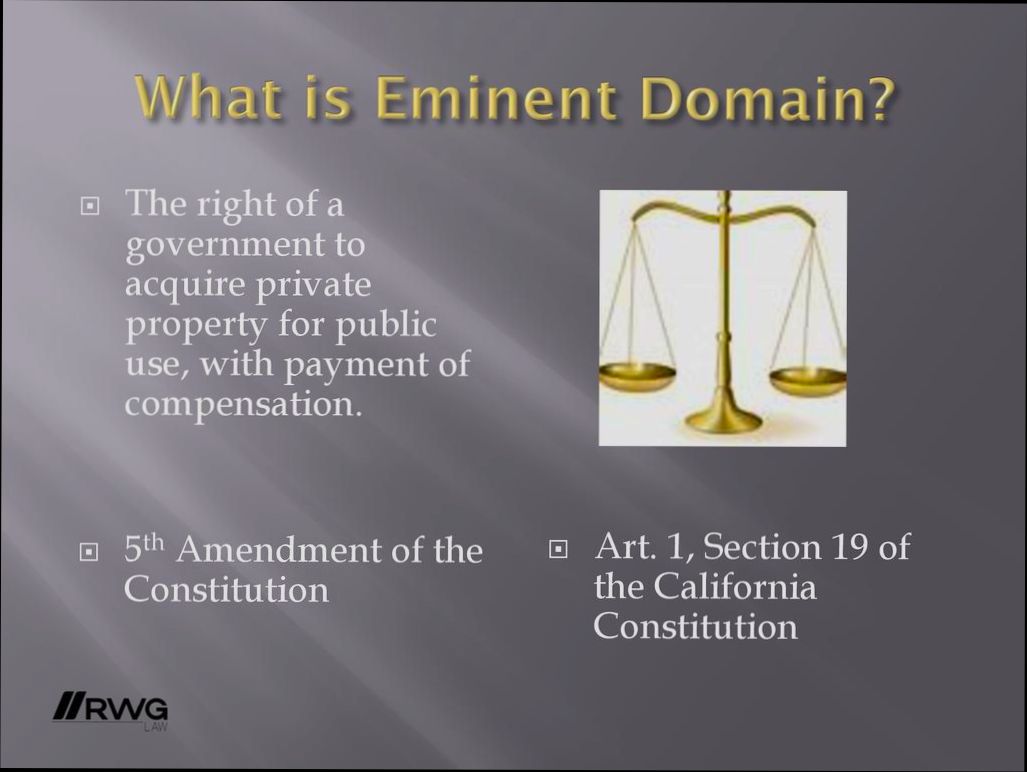
Controversies and Challenges in Eminent Domain
Eminent domain often stirs heated debates, mainly due to its perceived infringement on private property rights. As we explore the controversies and challenges surrounding this legal concept, it becomes clear why many individuals and communities may be apprehensive about government acquisitions of private land.
Key Controversies Surrounding Eminent Domain
1. Public vs. Private Use: One significant debate revolves around what constitutes “public use.” While the government often argues that the development of infrastructure or community facilities benefits everyone, critics contend that these projects frequently serve private interests more than the public.
2. Fair Compensation: Determining fair compensation for property owners can be contentious. Many feel that the compensation offered does not truly reflect the market value or emotional significance of their homes and businesses. Studies indicate that approximately 40% of property owners believe they receive inadequate compensation.
3. Displacement and Community Identity: The displacement of families and small businesses can alter the fabric and character of communities. When neighborhoods are uprooted, cultural heritage and history often diminish, leading to feelings of loss among long-time residents.
4. Legal Complexities: Eminent domain cases can be fraught with legal complications. Property owners may find themselves navigating a complicated legal terrain that requires significant financial and emotional investment.
5. Political Influence and Corruption: There’s a growing concern regarding the potential misuse of eminent domain by local governments under the influence of developers or political interests. This raises ethical questions about governance and accountability.
Comparative Table of Eminent Domain Challenges
| Challenge | Description | Percentage Affected |
|---|---|---|
| Public vs. Private Use | Debate over whether the projects serve the public or private interests. | 60% believe it’s misused |
| Fair Compensation | Satisfaction levels regarding compensation for displaced residents. | 40% feel inadequately compensated |
| Displacement Impact | Changes in community identity resulting from displacement. | 75% experience loss of community |
| Legal Complexity | Difficulty navigating legal proceedings related to eminent domain. | 50% find it daunting |
| Corruption Risk | Susceptibility to misuse influenced by developers or political motives. | 30% suspect corruption |
Real-World Examples of Controversies
- Kelo v. City of New London: This landmark case highlighted the controversy around the use of eminent domain for private economic development. The Supreme Court ruled in favor of the city, allowing it to take private land for a developer, sparking widespread protests and a subsequent reassessment of eminent domain laws in many states.
- The Atlantic Yards Project in Brooklyn: This development faced significant opposition as residents were concerned about the loss of homes for a project that many believed benefitted a private developer more than the public. Activists highlighted how the community’s historical integrity was jeopardized, exemplifying the displacement issue.
Practical Implications for Readers
Understanding these controversies enables you to advocate effectively for property rights. If you ever face an eminent domain issue, consider:
- Researching Local Laws: Familiarize yourself with local eminent domain laws and practices, as they can vary widely.
- Attending Local Government Meetings: Engage in community discussions to voice concerns and hold officials accountable.
- Consulting Legal Experts: If you believe your property is at risk, seeking legal counsel can help you navigate your rights and ensure that you receive fair compensation.
Specific Facts and Actionable Advice
Always document your property’s value and any personal significance it holds for you. When assessments are made, this information can be crucial in negotiations.
Fostering community awareness about the implications of eminent domain can also lead to strong collective action, which may influence government decisions. By maintaining an informed stance and actively participating in discussions, you can play a role in shaping how eminent domain is implemented in your community.
